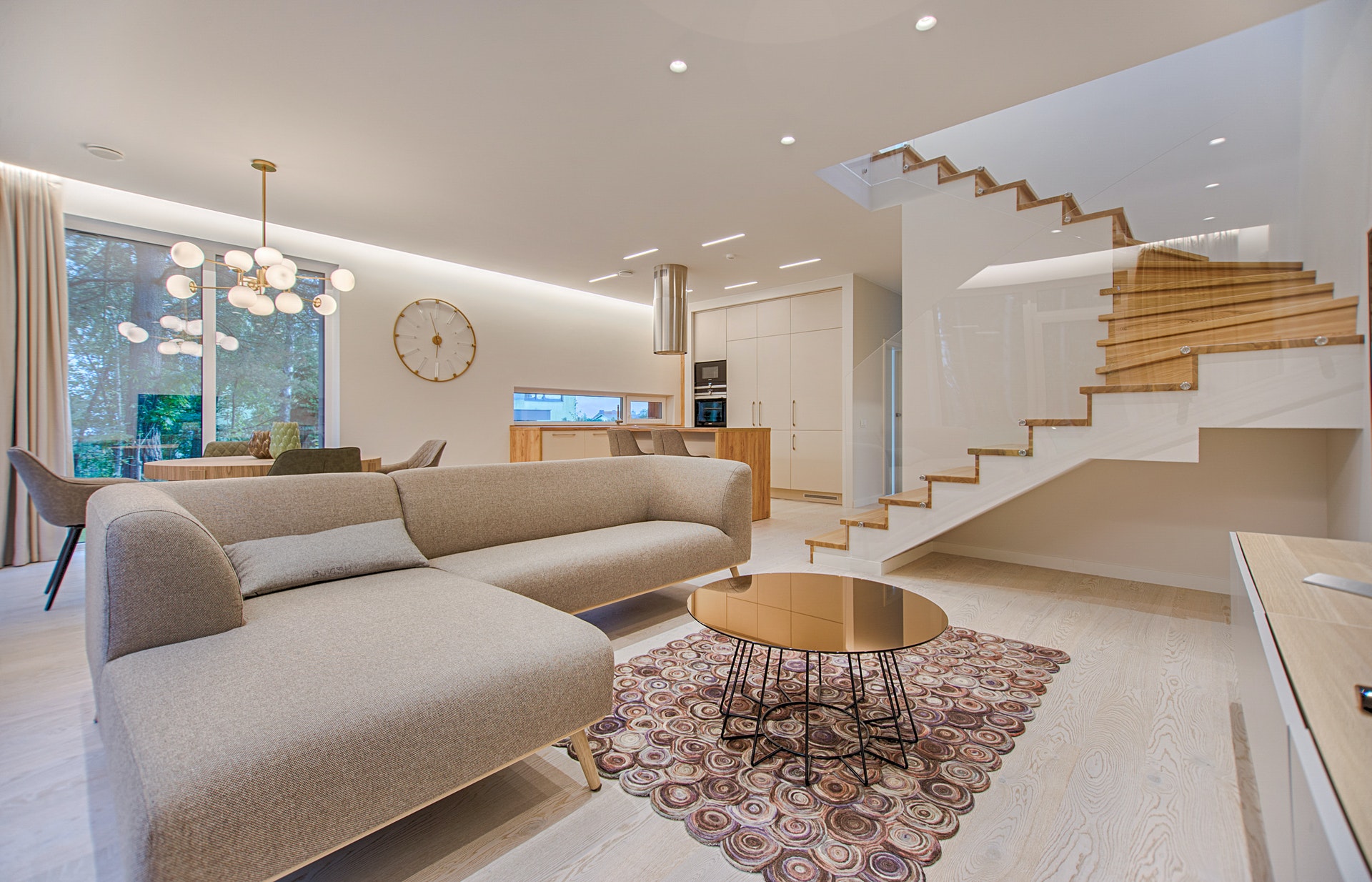
What is the Minimum Ceiling Height for a Legally Recognized Unit?
Whether building a brand new unit on your property, converting an existing structure, or trying to legalize an existing unpermitted unit, there are many building code requirements to consider. For many property owners, one of the most common challenges is ceiling height. In this article you will learn what it takes to get your accessory dwelling unit ceiling height up to the minimum code requirement, and we will explore some of the reasons you might consider exceeding those requirements.
What is the Minimum Ceiling Height for ADUs?
The first step to answering this question is knowing where to look. Your local jurisdiction’s building department is going to be the one checking that your ceiling height meets the minimum requirement. Most jurisdictions will rely on the standards from either the California Residential Code, which allow for ceiling heights as low as 7 feet, or the California Building Code, which allows for ceiling heights as low as 7 feet, 6 inches. The California Residential Code applies to one- and two-family dwellings that are 3-stories or less, while the California Building Code applies to everything else. Some jurisdictions, such as San Francisco, maintain the stricter 7 feet, 6 inches standard for all property types. This can make some ADU projects more difficult, particularly garage conversions, basement conversions, or the legalization of such units.
What this Means for Conversion ADUs
If you are considering building an ADU by converting an existing space, or legalizing an existing unpermitted unit, ceiling height is one of the first things you will want to check. You will then want to determine what height your local jurisdiction is using as the minimum for properties like yours. Jurisdictions that offer a 7-foot minimum ceiling height provide more options for spaces that may have been previously ineligible for conversion or legalization. In particular, many older garage or basement spaces have ceilings lower than 7 feet, 6 inches. If your proposed space does not meet the minimum requirements, the cost of your project will increase significantly as it will likely involve lowering the floor, raising the building, or altering the ceiling.
What this Means for New Construction ADUs
For those looking to build a brand new attached or detached ADU on their property, the question should be less about the minimum ceiling height, and more about the ideal ceiling height. For most people, this is 8 to 9 feet or higher. Units with higher ceilings provide a more spacious feeling, attract higher rents, and make for happier tenants. As a brand new construction, it’s easier to build taller ceilings because there aren’t as many limiting factors in place. However, property owners should weigh other factors as well, such as energy efficiency, acoustics, and maximum structure heights.
Conclusion
If you are considering adding an ADU to your property, or would like to move forward on a path towards legalization of an existing unit, it pays to consult an expert before getting started. Edrington and Associates is here to help you at every step along the way. We have dozens of years of experience in real estate and property management in the Bay Area, and we can help with all your needs. Contact us today to see what our experts can do for you.
